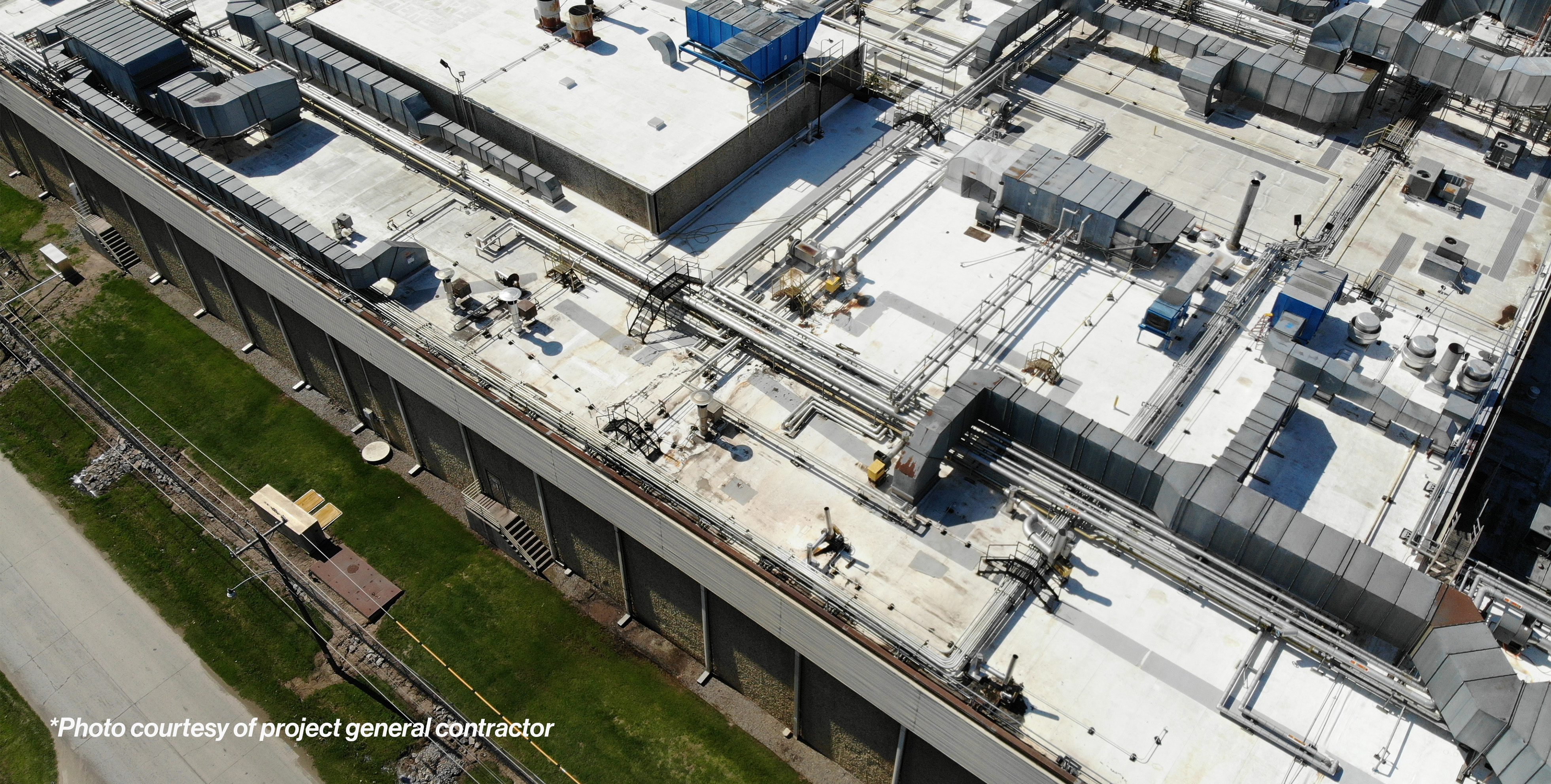From the fueling stations outside to the refrigeration units inside, convenience stores use a lot of energy. That energy adds up to a good chunk of change for most store owners. Curbing consumption can help, but finding the best way to do that isn’t always easy.
One potential way to save energy is through the refrigeration system used for the store’s coolers. There are two main types of systems currently used: the conventional refrigeration condensing unit system and the small rack refrigeration system. A recent study examined the energy consumption of both types of systems located in two different yet nearly identical stores.
So which saves more energy, a conventional system or a small rack system?
That was the question posed for the case study by Greg Schluterman, PE, and Miguel Purdy, PE, of HFA. The study compared two small-format refrigeration systems – one conventional, one small rack – to determine which would be more energy efficient over time.
Schluterman and Purdy conducted the case study using data collected in 2015 by Greg Sandford, an employee at Hussmann Protocol, the company that manufactured the small rack system used in one of the stores involved in the study.
The goal was to learn three things from this project: the energy use of a conventional system, the energy use of a small rack system and how they compare.
To accomplish this, the study set parameters and used store locations that were as similar as possible.
Let's take a trip...
Corpus Christi Corpus Christi, Texas, lies on the Gulf of Mexico a little more than halfway between Houston and the Texas-Mexico border. Leopard Street is located a couple of miles off Nueces Bay, while Holly Road and Rodd Field Road lie close to Corpus Christi Bay.
Two Stripes convenience stores are situated on these streets. These 7,000-square-foot stores contain layouts that are mirror images of each other. Because of their locations – about 10 miles apart, both inland about the same distance, yet both near the ocean – they also share similar traffic patterns and climate. In fact, these nearly identical stores have only one major difference – one store uses a conventional refrigeration system, while the other uses a small rack system.
Stripes stores number in the hundreds but are contained mainly to south Texas. Up until 2014, all of the stores were outfitted with conventional condensing unit systems for refrigeration, including the Corpus Christi store built in 2013. However, a Corpus Christi store built in 2014 included a small rack system for its refrigeration needs. Both stores had the latest technology for the time. Stripes stores have their own prepared food, so they tend to have more refrigeration requirements than stores that don’t offer such products.
The two stores became the subjects of the study that began in December 2014 and lasted through the following year.
For the full study and the results, click this link.



.jpg)



.png)
.jpg)

.jpg)



